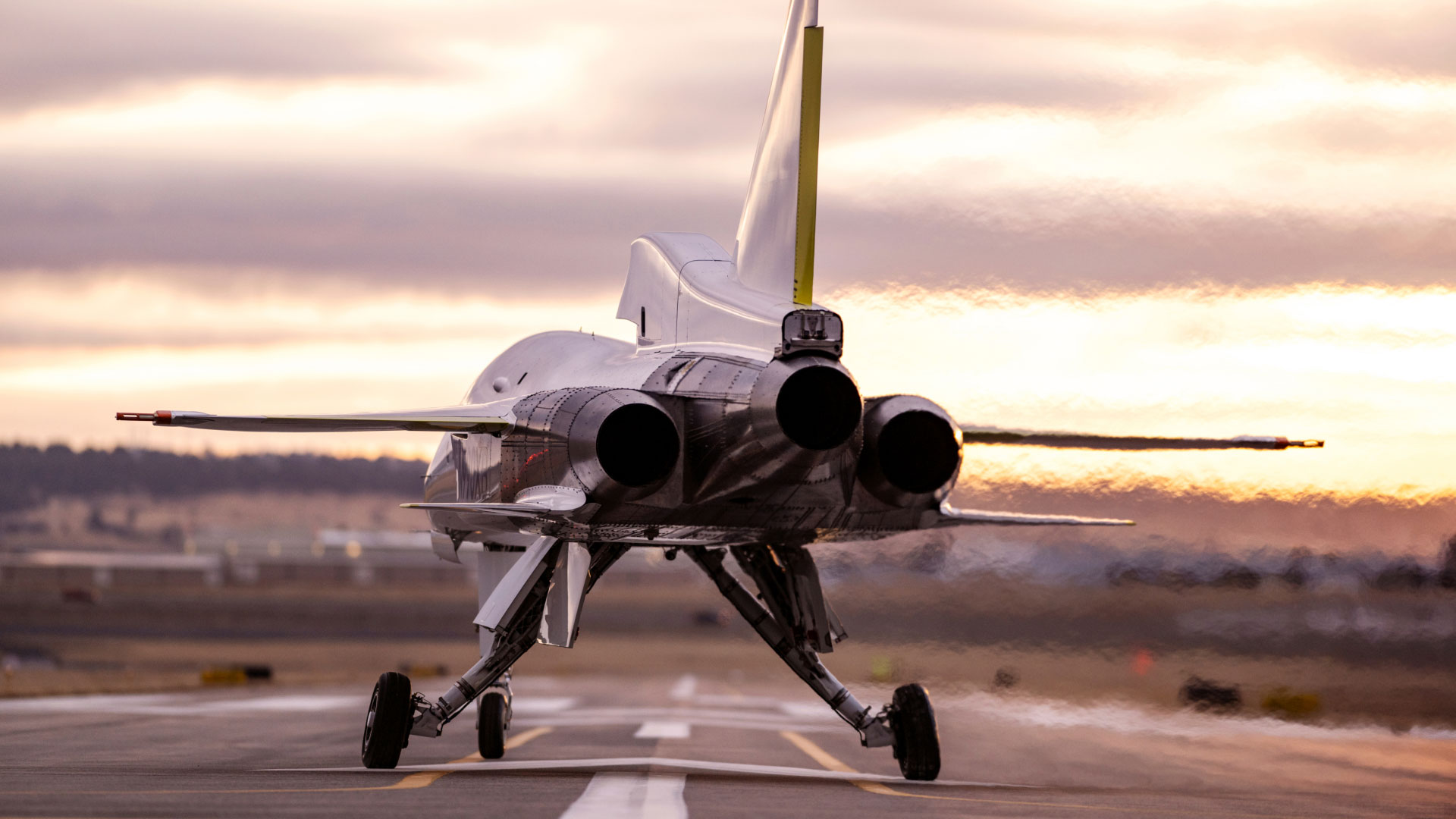Boom’s Supersonic Jet Begins Taxi Tests After Achieving Experimental Certification

Boom Supersonic recently announced that its supersonic jet prototype XB-1 has passed ground tests and won an experimental airworthiness certificate from the US FAA.
Supersonic overland flight has been banned for decades because of the noise it produces. The sonic from aircraft generates shock waves for miles away, which not only rattle windows and trip car alarms but also wreak environmental havoc.
A Prototype Faster-than-Sound Jet
Supersonic flight has been slow to take off again following the 2003 retirement of the Concorde, the only commercial supersonic jets of the past funded by the UK and French governments.
After seven years in development, Boom Supersonic, the US company that develops the “successor” to the Concorde, announced that it has completed the development stages to perform the first flight of the XB-1 demonstrator after obtaining the experimental airworthiness certificate issued by the FAA. Supersonic flight is expected to revolutionize travel by shaving hours off the length of a trip.
The XB-1 is a supersonic prototype, flying at more than 1,800 km/h without causing pollution, noise, and other nuisances. The XB-1 uses a carbon composite and titanium fuselage, and an improved delta wing with a span of 17 feet (5.2 meters).
It is powered by three General Electric J85 engines, burning sustainable aviation fuel (SAF), and the total thrust it weighs 12,300 pounds.
To prepare for the flight, Boom test pilots had to complete hundreds of hours in the simulator for aircraft evaluation, in addition to operations development, training, and human factor assessments.
Perspectives From Commercial Aerospace
Although Boom is one of a handful of start-ups undertaking supersonic flight, Spike Aerospace in Boston is developing a supersonic corporate jet. While expected to be costly, many companies can use the advantages of a faster-than-sound jet.
Meanwhile, NASA and Lockheed Martin are also working on an experimental supersonic jet, the X-59, that cuts the sonic boom from roughly 105 decibels to 75 decibels, akin to the whir of a vacuum cleaner.
In addition, the Boom’s Overture, a passenger plane designed to fly at Mach 1.7 over water, received orders from American Airlines, Japan Airlines, and United Airlines, as well as unidentified customers.

 Tech Steel & Materials
Tech Steel & Materials
Comments are closed